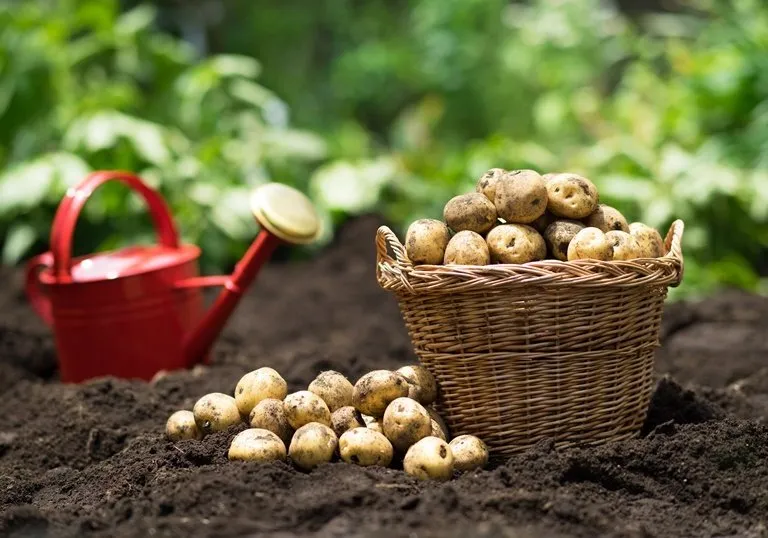Introduction
Fern seeds, often overlooked in the vast realm of botanical wonders, hold a mystique that transcends their diminutive size. While not true seeds in the traditional sense, they play a pivotal role in the reproduction of ferns, one of the oldest plant species on Earth. In this comprehensive guide, we’ll delve into the intricacies of fern seeds, exploring their biology, propagation methods, care techniques, and much more.
Understanding Fern Seeds
What are Fern Seeds?
Fern seeds, also known as spores, serve as the primary mode of reproduction for ferns. Unlike seeds of flowering plants, fern seeds do not contain an embryo but instead house reproductive cells called spores within specialized structures known as sporangia.
Fern seeds exhibit remarkable diversity in size, shape, and color, ranging from microscopic dust-like particles to visible specks resembling tiny grains. Despite their small stature, these spores harbor the genetic information necessary for ferns to propagate and thrive in various environments.
Lifecycle of Fern Seeds
The lifecycle of fern seeds begins when sporangia, typically found on the underside of fern fronds, release spores into the surrounding environment. These spores, aided by factors such as wind or water, disperse and settle in suitable habitats where they germinate to form gametophytes.
The gametophyte stage represents a crucial phase in the fern lifecycle, where male and female reproductive structures develop. Upon fertilization, the gametophyte produces a new fern plant, completing the cycle.
Propagation Techniques
Natural Dispersal
Fern seeds employ various mechanisms for dispersal, including wind, water, and animal-mediated methods. Wind-dispersed spores rely on air currents to carry them over long distances, while water-dispersed spores utilize moisture to facilitate transport, often occurring in aquatic or humid environments.
Additionally, some species have evolved specialized adaptations to entice animals to aid in seed dispersal, further enhancing their reproductive success.
Artificial Propagation
For avid botanists and garden enthusiasts, artificial propagation offers a means to propagate ferns with precision and control. Techniques such as spore sowing, division, and tissue culture enable the cultivation of ferns in controlled environments, ensuring optimal growing conditions for seedling development.
Cultivation and Care Tips
Optimal Growing Conditions
Creating a conducive environment is essential for the successful cultivation of ferns from seeds. Providing ample moisture, indirect sunlight, and well-draining soil mimicking their natural habitat promotes healthy growth and development.
Watering and Humidity
Maintaining consistent moisture levels is paramount for fern seedlings, as they thrive in humid environments. Regular watering, supplemented by occasional misting, helps prevent dehydration and promotes lush foliage.
Protection from Pests and Diseases
While ferns are relatively resilient, they may fall prey to pests such as aphids or diseases like fungal infections. Vigilance and prompt action, such as removing affected foliage or applying organic remedies, can mitigate potential threats and safeguard fern health.
Exploring Fern Diversity
Varieties of Ferns
Ferns encompass a vast array of species, ranging from delicate maidenhair ferns to towering tree ferns. Each variety boasts unique characteristics, from frond morphology to growth habits, making them a captivating addition to botanical collections and landscapes.
Popular Fern Species
Among the myriad fern species, several garner acclaim for their ornamental value and adaptability. Species such as the Boston fern (Nephrolepis exaltata), bird’s nest fern (Asplenium nidus), and staghorn fern (Platycerium spp.) are beloved by gardeners worldwide for their striking foliage and ease of cultivation.
FAQs (Frequently Asked Questions)
- How do fern seeds differ from traditional seeds? Fern seeds, or spores, lack an embryo and instead contain reproductive cells within sporangia, distinguishing them from true seeds found in flowering plants.
- Can fern seeds be propagated indoors? Yes, fern seeds can be propagated indoors using techniques such as spore sowing or division, provided suitable growing conditions are maintained.
- Do ferns require special care compared to other plants? While ferns have specific care requirements, such as consistent moisture and indirect light, they are generally low-maintenance once established.
- Are fern seeds edible? While some fern species produce edible fiddleheads, the seeds themselves are not typically consumed and may be toxic in certain cases.
- How long does it take for fern seeds to germinate? The germination period for fern seeds varies depending on factors such as species, environmental conditions, and propagation method, ranging from weeks to several months.
- Can fern seeds survive harsh climates? Fern seeds exhibit resilience to diverse environmental conditions, with certain species adapted to thrive in challenging climates, including arid regions and high altitudes.
Conclusion
In the realm of botanical wonders, fern seeds stand as testament to the resilience and adaptability of nature’s creations. From their intricate reproductive mechanisms to their diverse array of species, ferns continue to captivate and inspire enthusiasts worldwide. By understanding the nuances of fern seeds and embracing their unique allure, we embark on a journey of discovery that unveils the beauty and complexity of the natural world.





